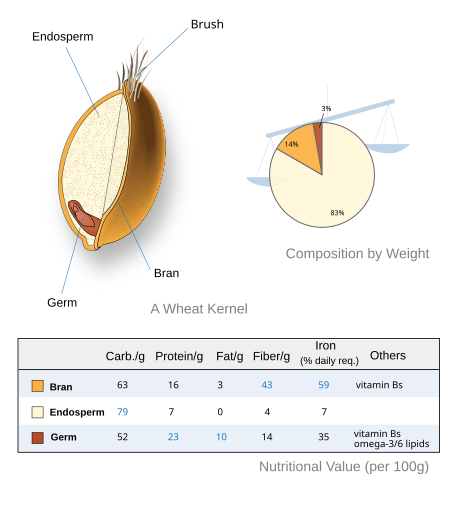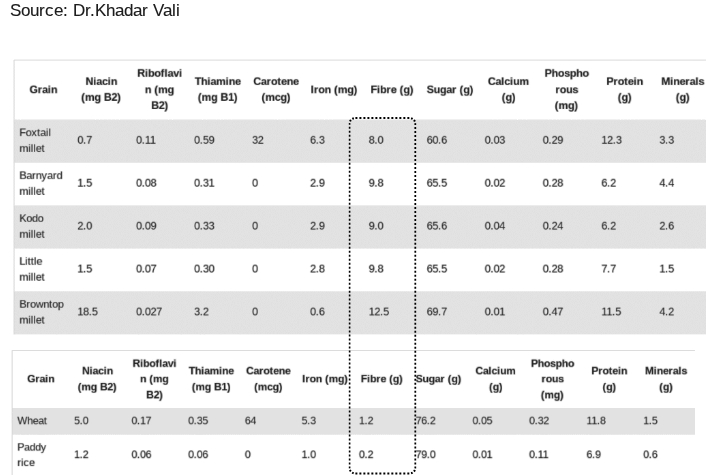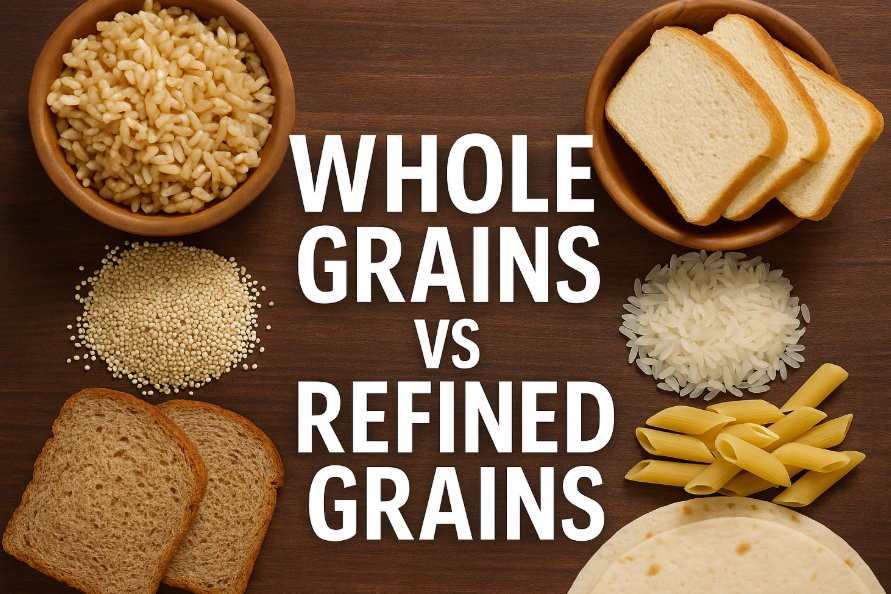Table of Contents
A Wake-Up Call
A few years ago, I was away on a work trip, sitting in a high-stakes client meeting when I suddenly felt a wave of discomfort—bloating, acidity, and a burning sensation. My body was screaming, but I couldn’t walk away—I had a critical presentation to give.
With a heavy feeling and a handful of antacids, I somehow pushed through. On the outside, I looked composed. Inside, I was miserable.

Later that evening, back in my hotel room, I lay on the bed replaying the day—and the days before. I started tracing the clues. What had I been doing? The same rushed meals from the office canteen. The airport snacks. The oily food trays. White bread, white rice, refined flour in every meal with a sedentary lifestyle. Convenience had completely taken over care.
That night, a painful truth hit me hard: I had been choosing my deadlines over my health.
And that was my turning point.
What started as a quiet promise to myself turned into something much bigger. I began reading labels, asking questions, making time—even in a busy schedule—to understand what I was putting into my body.
And it all began with one powerful, simple change:
Switching from refined grains to whole grains.
Let me tell you why that small shift changed everything—and how it can do the same for you.
Whole Grains vs Refined Grains
The Grain You Choose Shapes Your Health
Most people don’t realize how powerful grains are in our diet. They’re in everything—bread, rice, pasta, cereals. But not all grains are created equal.
What Are Grains, Anyway?
Grains are the seeds of certain grasses that are cultivated for food. They’re a staple in diets around the world and come in many forms—rice, wheat, oats, corn, and barley, to name a few.
Each grain kernel has three main parts:
- Bran – the outer layer, rich in fiber, antioxidants, and B vitamins.
- Germ – the nutrient-packed core that contains healthy fats, vitamins, and minerals.
- Endosperm – the starchy middle layer, mostly made of carbohydrates.
Whole Grains?
Whole grains contain all three parts of the kernel—bran, germ, and endosperm—making them rich in fiber, nutrients, and natural plant compounds.

Examples of whole grains include:
- Millet
- Whole Wheat
- Black/Brown/Red Rice
- Quinoa
- Oats
- Barley
Because none of the grain’s components are removed, whole grains retain all their nutritional value.
Good Whole Grain?
A good whole grain is a whole grain with Carbs:Fiber Ratio <10. They have very good fiber content (8-12%) in the whole grain.
Examples of good whole grains include: 5 Positive Grains as researched by Dr. Khader Vali, the Millet Man of India –

Learn about the Carbs:Fiber Ratio of some popular grains in this video.
Refined Grains?
Refined grains have been processed to remove the bran and germ, leaving only the starchy endosperm. This process gives the grain a finer texture and extends shelf life—but at a cost: it strips away most of the fiber and many nutrients.
Examples of refined grains include:
- White rice
- White bread
- Regular pasta
- Pastries and many breakfast cereals
- Noodles, biscuits, market snacks
Why Good Whole Grains Felt Like Magic for Me
Once I swapped out the white rice & refined wheat for 5 positive millet, I started to notice changes-
- I stayed full longer
- I felt active full day
- My digestion improved
- I stopped getting acidity & discomforts
- No heavy feeling but a feeling of stomach full
- No weight overshooting, my weight reduced instead to my optimal BMI
And the best part? I felt in control—of my cravings, my mood, and my body.
A Simple Comparison: Whole vs Refined Grains
Let’s break it down simply.
| Nutrient | Whole Grains | Refined Grains |
|---|---|---|
| Fiber | 🌾 High – keeps you full | ❌ Low – you’ll be hungry fast |
| Nutrients | ✅ Vitamins, minerals, healthy fats | 🚫 Most stripped away |
| Blood Sugar Impact | 🟢 Steady energy | 🔴 Sugar spikes & crashes |
| Digestive Support | 👍 Supports gut health | 👎 Lacks fiber and bulk |
What Science Says—And Why It Matters
You don’t have to take just my word for it. Studies from the Harvard School of Public Health, CDC, and Mayo Clinic & from the Millet Man of India, all agree: diets rich in whole grains are linked to:
- Lower risk of heart disease
- Better blood sugar control
- Reduced risk of type 2 diabetes
- Easier weight management
- Improved digestion and regularity
How to Make the Switch Without Feeling Overwhelmed
Here’s what I wish someone had told me earlier: You don’t have to overhaul your life overnight. Start with one swap at a time.
Tips for Choosing Whole Grains
Swapping refined grains for whole grains doesn’t have to be hard. Here are some easy tips:
- Home Cooking over packaged food. Replace refined grains with whole grains like millet.
- Whole grain home recipes – check here.
- Shopping & Inventory: Fill your kitchen drawers with healthy whole grains. Do not shop for refined grains.
- Prefer Unpolished whole grains.
- Read labels carefully. Look for terms like “100% whole wheat” or “whole grain.” Avoid products labeled just “wheat” or “multigrain” without more detail—they may still use refined flour.
- Swap smart.
- Millet instead of white rice
- Whole grain flatbread instead of white bread
- Oatmeal instead of sugary cereal
- Flavor with herbs, spices, or broth to make whole grains more delicious and exciting.
Take 1st Step First. Progress To Form A Habbit
It takes some time to form a habit. Take the 1st step first, keep trying, give your body some time to develop the habit of choosing whole grains over refined.
The truth is: Your food choices are powerful.
Every meal is a chance to take care of your body—or to ignore it.
Final Takeaway: Choose Whole, Choose You
If you’re tired of energy crashes, cravings, and digestive drama, take a small step today. Switch just one refined grain for a whole grain.
You won’t just see the difference—you’ll feel it.
Videos
Watch the video in Hindi –

2 thoughts on “Whole Grain vs Refined Grain: Know About 5 Good Whole Grains”